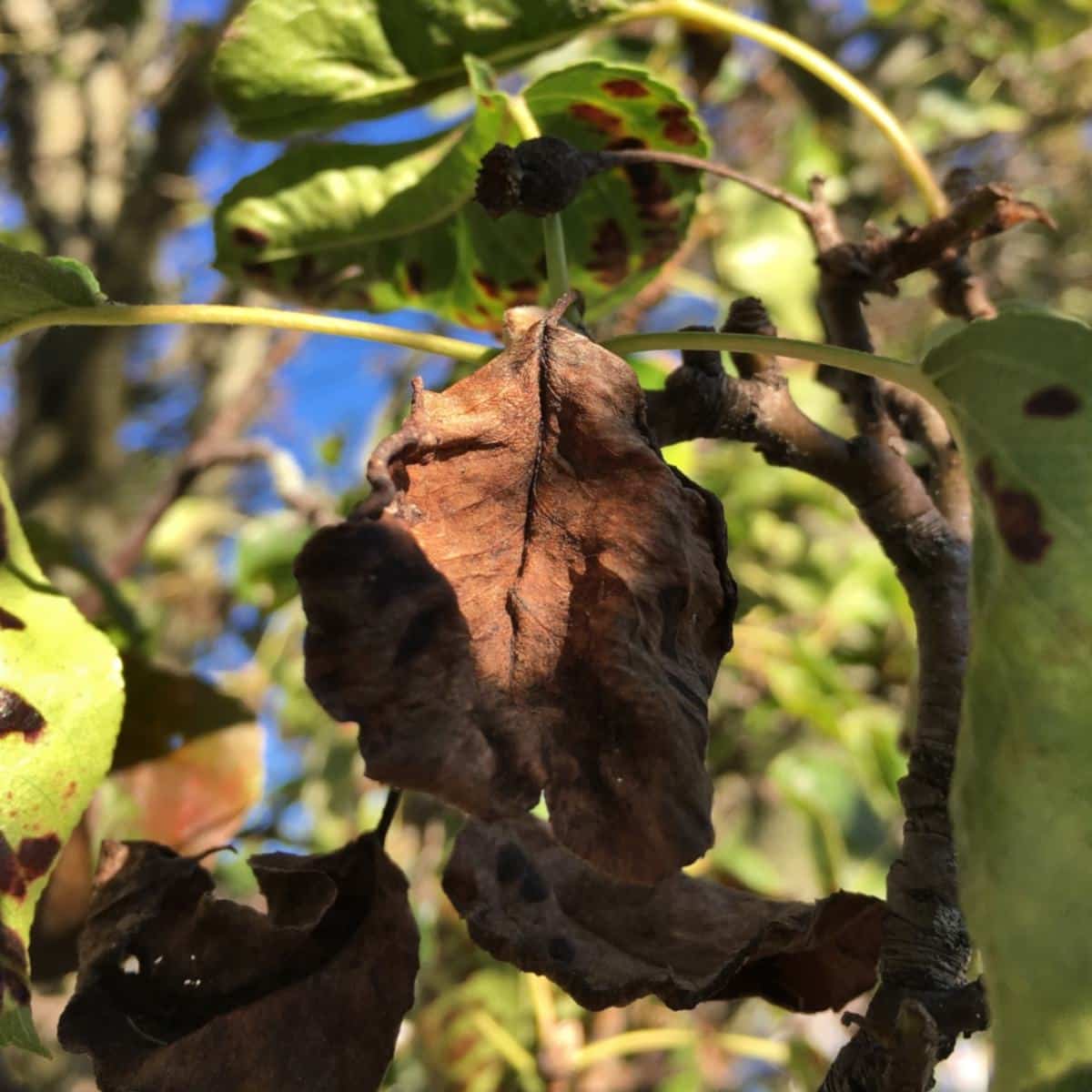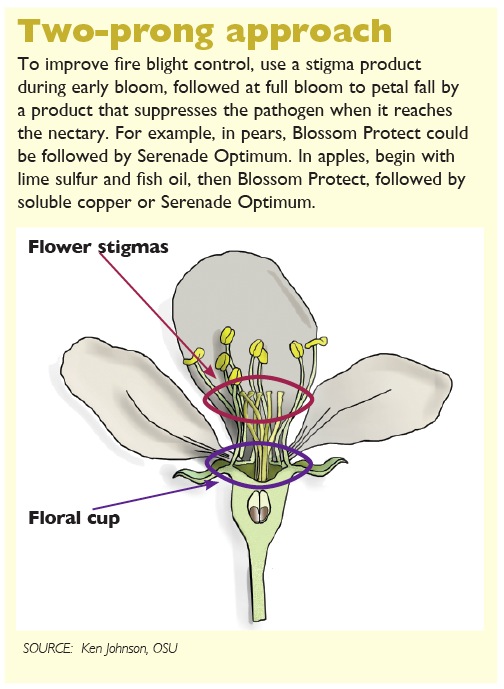

Streptomycin is used at a rate of 24 ounces per acre and should be applied with a non-ionic surfactant such as Regulaid (1 pint per 100 gallons). Streptomycin is an excellent fire blight material, provides forward control for two to four days prior to rain events and will be effective for blossom blight control if applied within 12-24 hours after a rain event. These suggestions will differ based on the occurrence of streptomycin resistance in the fire blight pathogen in your orchard or in your region. Below is information about these antibiotics and suggestions for best use of these materials. There are three antibiotics available for fire blight management during bloom. Blossom blight infection can really kick start a fire blight epidemic because these infected flower clusters will ooze more inoculum out and bacteria will be spreading internally through the tree.
FIRE BLIGHT TREATMENT FREE
They do, however, require free moisture, as little as 0.01 inch rain, to move from the stigma tip down the outside of the style to the base of the flower where infection occurs through the nectaries. These bacteria do not need rain to grow on the stigma.

The fire blight pathogen only grows well on flower stigmas, not on other flower parts. Thus, warm and sunny days during bloom can very quickly lead to high percentages of flowers colonized with incredibly large fire blight populations. As these populations grow, remember they will also be very quickly disseminated among flowers by pollinators. amylovora populations can grow to one million cells per flower within one to two days. When temperatures are conducive for growth (70s to low 80s optimal), E. The apple or pear flower is a critical site for multiplication of the fire blight pathogen Erwinia amylovora.


 0 kommentar(er)
0 kommentar(er)
